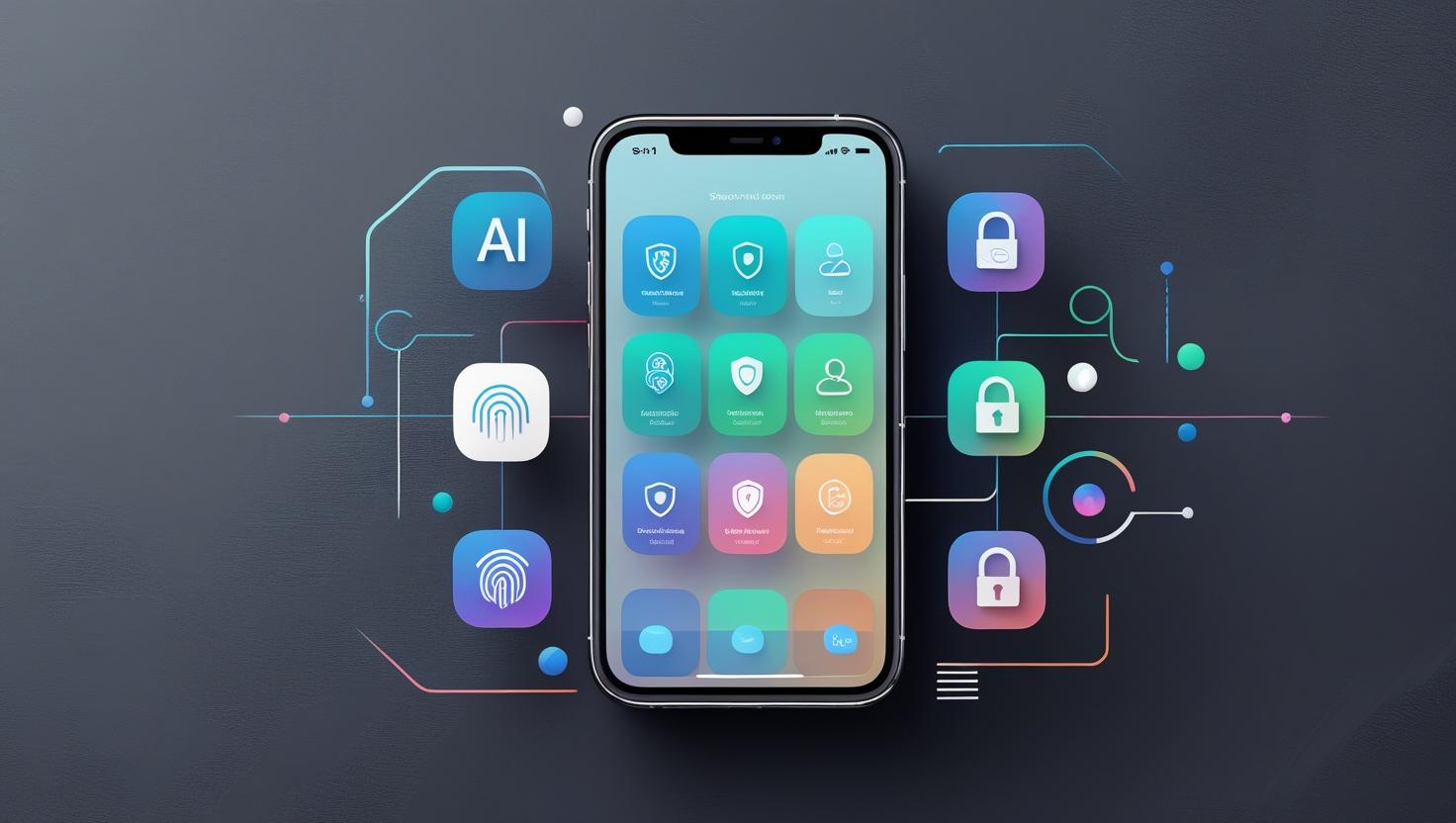One of the most exciting developments is the rise of wearables that do more. Smart rings, AR glasses, and earbuds with health-tracking capabilities combine style with function. These devices are smaller, more intuitive, and packed with sensors that monitor everything from heart rate variability to sleep quality, all enhanced by AI-driven personalization.
For example, Samsung’s latest Circular Ring 2 offers seamless notifications, fitness tracking, and gesture controls in a compact form factor. Users appreciate the blend of convenience and subtlety, as these gadgets fit effortlessly into everyday life without overwhelming the wearer.
Another compelling trend is the growing popularity of AI-personalized gadget bundles or “mystery boxes.” Instead of shopping for individual components, consumers are embracing curated packages focused on themes like smart home automation, productivity, or wellness. These bundles simplify decision-making and offer discovery opportunities, making it easier to adopt new technology without the intimidation of choice overload.
Smart home technology itself is moving toward standardization and deeper integration. Devices from lighting and thermostats to security systems now communicate effortlessly, creating a unified ecosystem that users control intuitively. Energy-efficient designs are becoming a priority, reflecting increasing awareness about sustainability and cost savings.
The immersive technology sector is also expanding quickly. Virtual reality (VR), augmented reality (AR), and mixed reality (XR) devices offer new ways to engage with digital content. Beyond gaming and entertainment, these tools are finding applications in education, healthcare, and remote collaboration.
Products like LG’s StanbyME 2 portable screen bring flexibility and interactivity to personal workspaces, while modular robotics platforms such as SwitchBot’s K20 Plus Pro enable users to customize their smart environments with ease. These advances show that gadgets are becoming more adaptable and user-centric.
Tech showcases like CES and MWC have unveiled exciting prototypes and launches that hint at the future. Nvidia’s Project Digits, for instance, promises a personal AI desktop assistant that can revolutionize workflows through intelligent automation and voice commands.
As consumer expectations evolve, reviews and expert analysis play a critical role in guiding purchases. Today’s buyers seek thorough, hands-on evaluations that go beyond specs to assess usability, ecosystem compatibility, and long-term value. Trusted sources and transparent testing help consumers navigate an increasingly complex market.
For those looking to stay ahead in 2025, keeping an eye on these trends is essential. Whether adopting cutting-edge wearables, embracing smart home ecosystems, or exploring immersive experiences, the key is to prioritize devices that enhance quality of life without adding complexity.
In summary, the gadget landscape of 2025 is characterized by:
- AI-enhanced wearables offering personalized health and productivity features.
- Curated gadget bundles simplifying adoption and discovery.
- Seamless smart home integration emphasizing energy efficiency and user control.
- Immersive tech innovations expanding applications beyond entertainment.
- Modular, flexible devices empowering customization.
- Trusted, in-depth reviews guiding smart purchases.
As these trends unfold, consumers and tech enthusiasts alike are witnessing a revolution in how gadgets shape everyday experiences. The future is not just smarter—it’s more connected, more intuitive, and deeply personalized.




